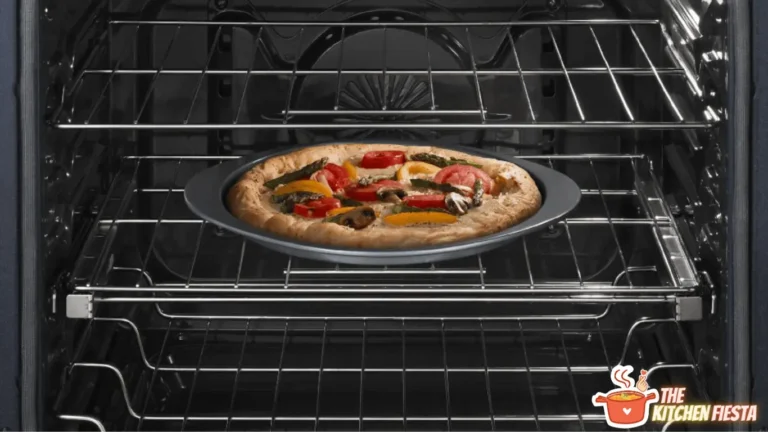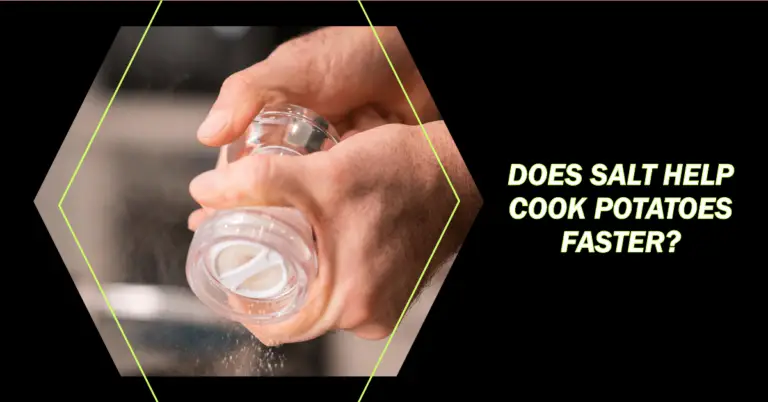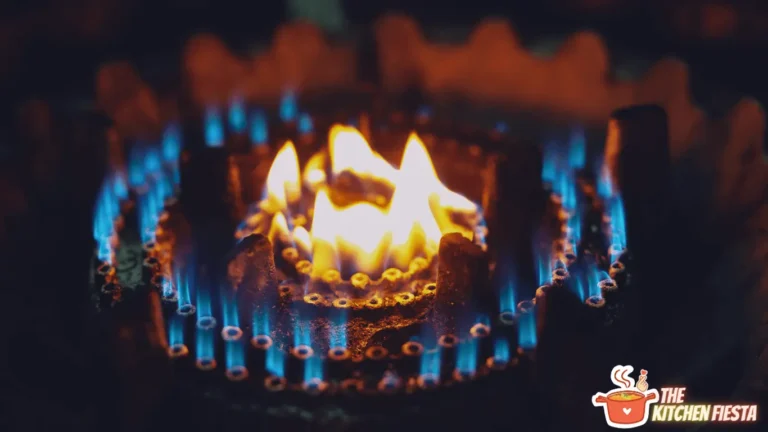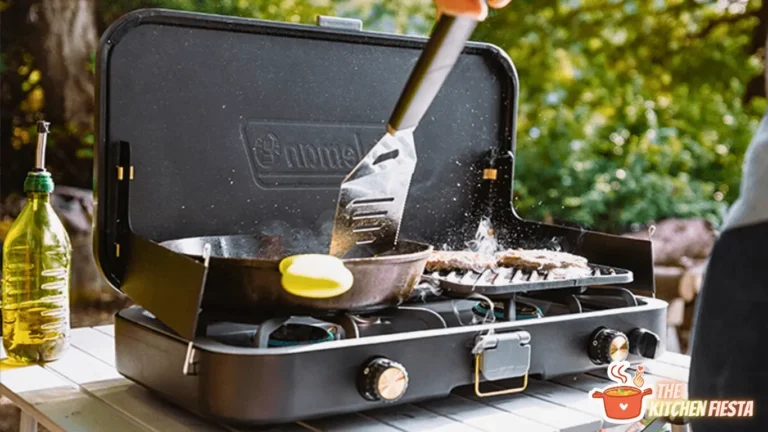Most Common Gas Stove Problems: Troubleshooting Tips and Solutions
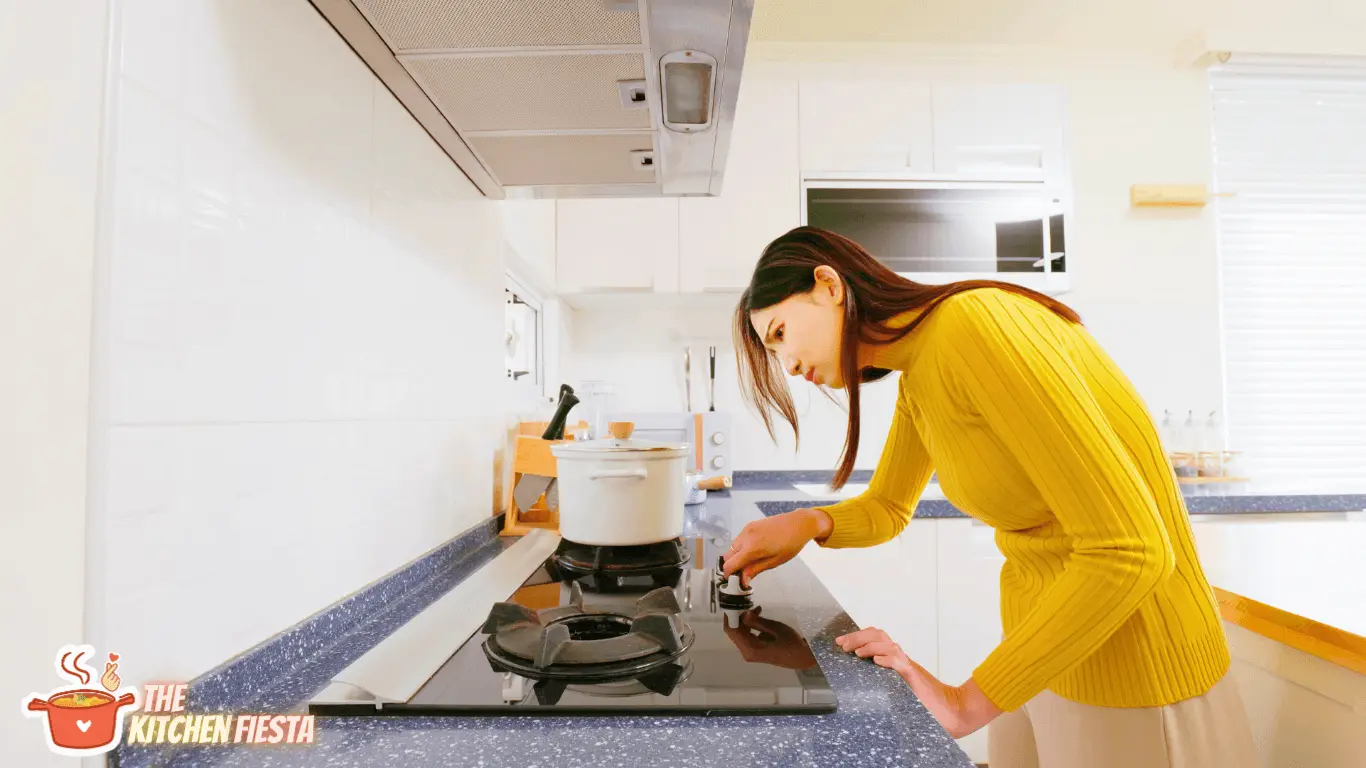
Gas stoves are a staple in many households, providing a quick and efficient way to cook meals. However, like any appliance, they can experience problems that can be frustrating and potentially dangerous. Understanding the most common gas stove problems can help homeowners identify issues early on and prevent more significant problems down the line.
One of the most common issues with gas stoves is a burner that won’t light. This can be caused by various factors, including a clogged burner port or a pilot light that has gone out. Another common issue is a weak or uneven flame, which a clogged burner or faulty gas valve can cause. Gas leaks are also a serious concern, as they can lead to fires or explosions. Additionally, gas stoves can produce harmful pollutants like nitrogen dioxide, which can exacerbate respiratory issues like asthma.
By understanding these common issues, homeowners can take steps to keep their gas stoves running safely and efficiently. Now, let’s explore these issues further and discover practical solutions for a trouble-free cooking experience.
Identifying Gas Stove Problems
Gas stoves are a convenient and efficient way to cook food. However, like any other appliance, they can develop problems over time. Here are some common gas stove problems and how to identify them:
1. Burner Issues
One of the most common problems with gas stoves is uneven flames. This can be caused by a clogged burner head or a dirty burner tube. To identify this problem, check the flames on all burners. If they are uneven, it is likely a burner issue.
2. Ignition Problems
The ignition system is essential to a gas stove, providing the spark needed to ignite the gas. If the stove fails to ignite, it may be due to a faulty ignition system. To identify this problem, try lighting the stove with a match or lighter. If it lights up, then the ignition system is likely the issue.
3. Gas Leaks
Gas leaks are a serious problem and can be dangerous. If you smell gas, turn off the stove immediately and call a professional. To identify this problem, check for the smell of gas around the stove. You can also use a gas leak detector to check for leaks.
4. Flame Issues
Various problems, including clogged burners, faulty gas valves, or a dirty flame sensor, can cause flame issues. To identify this problem, check the flames on all burners. It is likely a flame issue if they are too high or too low.
5. Oven Problems
A faulty thermostat, a broken heating element, or a malfunctioning gas valve can cause oven problems. To identify this problem, check the oven temperature with a thermometer. If it is not heating up to the desired temperature, it is likely an oven problem.
Identifying gas stove problems early can prevent further damage and save money on repairs. If you are still determining the cause of the problem, it is best to call a professional for assistance.
Ignition Issues
Gas stoves are a convenient and efficient way to cook, but ignition issues can be frustrating and even dangerous. Here are some common ignition problems and their potential solutions.
1. Delayed Ignition
Delayed ignition occurs when there is a delay between turning on the burner and the gas igniting. This can be caused by a few different factors, including:
- Dirty burners or igniters
- Low gas pressure
- Clogged gas ports or orifices
Try cleaning the burners and igniters with a soft brush or cloth to fix delayed ignition. If that doesn’t work, check the gas pressure and ensure it’s within the recommended range. The problem may be clogged gas ports or orifices if the gas pressure is acceptable. In that case, it’s best to call a professional to clean or replace the affected parts.
2. No Ignition
No ignition is when the gas burner doesn’t ignite at all. This can be caused by a few different factors, including:
- A faulty igniter
- A clogged gas line
- A tripped circuit breaker
To fix no ignition, start by checking the igniter. If it’s dirty or damaged, clean or replace it as necessary. If the igniter is okay, check the gas line for clogs or kinks. If the gas line is clear, check the circuit breaker to ensure it hasn’t tripped. If it has, reset it and try again.
Overall, ignition issues can be frustrating but usually fixable with some troubleshooting. If you’re uncomfortable working with gas appliances or if the problem persists after trying these solutions, it’s always best to call a professional for help.
Flame Problems
Gas stoves are standard in many homes but can experience various problems. One of the most common issues with gas stoves is flame problems. This section will discuss two flame problems that homeowners may encounter: irregular and yellow.
1. Irregular Flame
An irregular flame is a flame that is not consistent in size or shape. It may be too small or too large, flicker, or produce a hissing sound. This can be caused by several factors, including:
- Clogged burner ports: Dirt, grease, and other debris can accumulate in the burner ports, preventing the gas from flowing evenly and causing an irregular flame.
- Incorrect burner cap placement: If the burner cap is not placed correctly, it can cause an irregular flame.
- Low gas pressure: If the gas pressure is too low, it can cause an irregular flame.
To fix an irregular flame, homeowners can try the following:
- Clean the burner ports: Use a toothbrush or a needle to remove any debris from the ports.
- Adjust the burner cap: Make sure the burner cap is placed correctly.
- Check the gas pressure: Contact a professional to check the gas pressure.
2. Yellow Flame
A yellow flame is a flame that is not blue. It may indicate incomplete combustion, which can produce carbon monoxide, a dangerous gas. A yellow flame can be caused by several factors, including:
- Dirty burner: A dirty burner can cause incomplete combustion and a yellow flame.
- Incorrect air shutter adjustment: If the air shutter is not adjusted correctly, it can cause a yellow flame.
- Low gas pressure: Low gas pressure can cause incomplete combustion and a yellow flame.
To fix a yellow flame, homeowners can try the following:
- Clean the burner: Use a toothbrush or a needle to remove any debris from the burner.
- Adjust the air shutter: Adjust the air shutter to allow the correct amount of oxygen to enter the burner.
- Check the gas pressure: Contact a professional to check the gas pressure.
In conclusion, irregular and yellow flames are common problems with gas stoves. Homeowners can fix these problems by cleaning the burner, adjusting the air shutter, and checking the gas pressure. If these solutions do not work, contacting a professional for further assistance is best.
Gas Leakage
Gas leakage is one of the most dangerous problems with gas stoves. It can lead to serious health hazards, fire, and even explosions. Therefore, it is essential to take immediate action if you suspect a gas leak.
Signs of Gas Leakage
The following are some common signs of gas leakage:
- A hissing sound near your gas lines or appliances
- A pungent smell of gas
- Black soot marks on the outside of your stove
- A higher-than-usual gas bill
Causes of Gas Leakage
The following are some common causes of gas leakage:
- Damaged gas lines or fittings
- Loose connections between gas lines and fittings
- Faulty gas valves or regulators
- Corroded gas lines or fittings
- Improper installation of gas lines or fittings
What to Do If You Suspect a Gas Leak?
If you suspect a gas leak, follow these steps:
- Turn off your gas stove and any other gas appliances immediately.
- Open all doors and windows to allow fresh air to circulate.
- Do not turn on electrical switches or use electrical devices.
- Evacuate the building and call your gas company or emergency services immediately.
Remember, gas leakage is a severe problem that requires immediate attention. Do not attempt to fix the problem yourself. Always seek professional help to ensure your safety.
Cleaning and Maintenance Tips
Gas stoves are essential to any kitchen, and proper cleaning and maintenance are crucial to ensure their longevity and safe operation. Here are some tips to keep your gas stove in tip-top shape:
- Clean the burners and grates regularly: Remove the grates and burner caps and place them in warm, soapy water for at least 15 minutes. Scrub them with a soft brush or sponge to remove any caked-on gunk. Rinse with water and dry them before placing them back on the stove. Use a toothbrush or a needle to clean the small holes in the burners.
- Wipe down the stove after each use: Use a soft cloth or sponge to wipe down the stove after each use. This will prevent food particles and grease from building up and make cleaning easier in the long run.
- Use a degreaser: If the stove is particularly greasy or dirty, use it to clean it. Follow the instructions on the label and rinse the stove thoroughly with water afterward.
- Check the gas connections: Regularly ensure they are tight and secure. If you smell gas or suspect a leak, turn off the gas supply immediately and call a professional.
- Keep the area around the stove clean: Make sure to regularly clean the area around the stove, including the walls and floor. This will prevent grease and food particles from accumulating and reduce fire risk.
Following these simple cleaning and maintenance tips ensures that your gas stove stays in good condition and operates safely for years.
Conclusion
In verdict, although popular and convenient, gas stoves can pose risks to human health and the environment due to the pollutants they emit. Nitrogen dioxide (NO2), carbon monoxide, and formaldehyde are common pollutants associated with gas stoves, with NO2 being particularly concerning for respiratory issues and outdoor air pollution. Homeowners can mitigate these risks by ensuring proper ventilation, regularly maintaining and considering cleaner alternatives like electric or induction cooktops.
While gas stoves can be safely used with care and attention, taking proactive measures to minimize their impact is essential for protecting personal well-being and the environment. By adopting these practices, individuals can enjoy the benefits of gas stoves while minimizing their potential negative effects.
Frequently Asked Questions
How can I fix a gas stove burner that won’t light?
If a gas stove burner doesn’t light, it could be due to various reasons. One common cause is a clogged burner port, which can be cleared by cleaning the burner with a wire brush or toothpick. Another potential issue is a faulty igniter, which can be replaced if necessary.
What are some standard solutions to gas stove problems?
Common solutions to gas stove problems include checking the gas supply, cleaning the burners, and ensuring that the stove is properly plugged in and receiving power. If these basic troubleshooting steps don’t solve the problem, it may be necessary to call a professional repair service.
Are there any harmful effects of using a gas stove?
Some studies have suggested that using a gas stove can release pollutants into the air, harming health. These pollutants include nitrogen dioxide, carbon monoxide, and formaldehyde. However, the levels of these pollutants are generally considered safe for most people, and proper ventilation can help reduce any potential risks.
How can I fix a gas stove with a low flame?
Various factors, including a clogged burner port, a faulty regulator, or a problem with the gas supply, may cause a gas stove with a low flame. To fix the issue, clean the burner ports and check the regulator. If these steps don’t help, it may be necessary to call a professional.
What are some common problems with electric stoves?
Common problems with electric stoves include issues with the heating elements, problems with the control panel, and the power supply. These problems can often be fixed by replacing faulty parts or calling a professional repair service.
What are some dangers associated with using a gas stove?
The main danger of using a gas stove is potentially releasing harmful pollutants into the air. In addition, gas leaks can be dangerous and may pose a risk of fire or explosion. To minimize these risks, it’s essential to ensure that the stove is installed correctly and maintained and to have any potential gas leaks addressed immediately by a professional.

